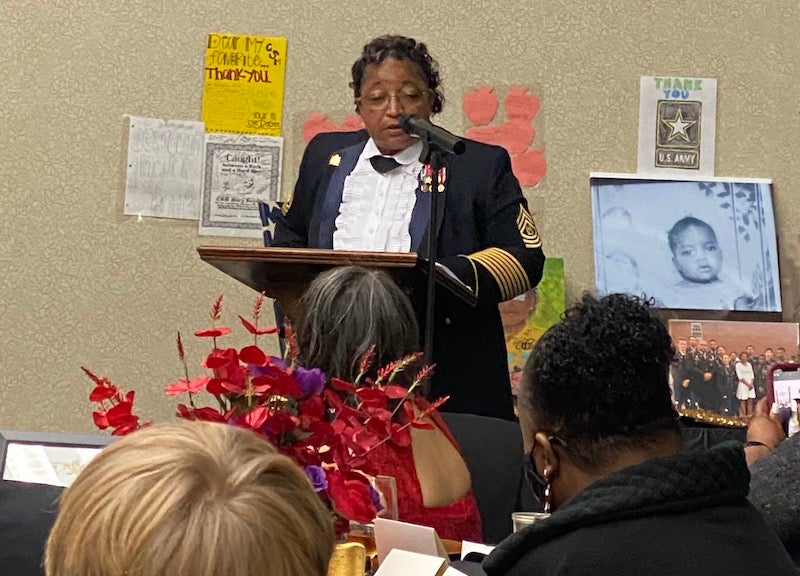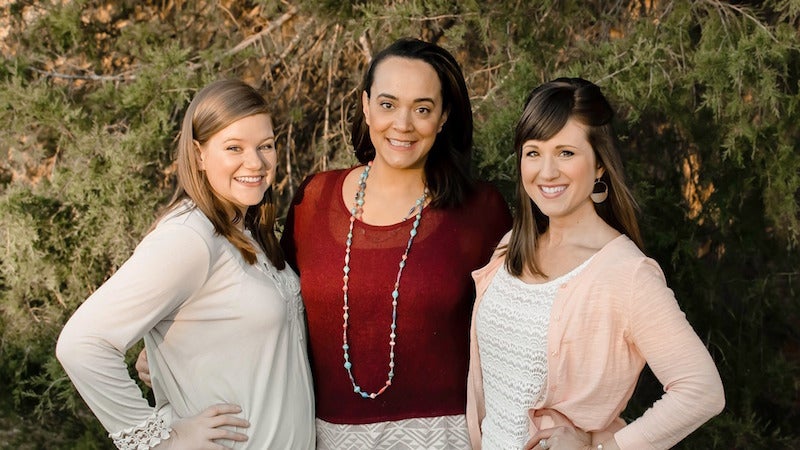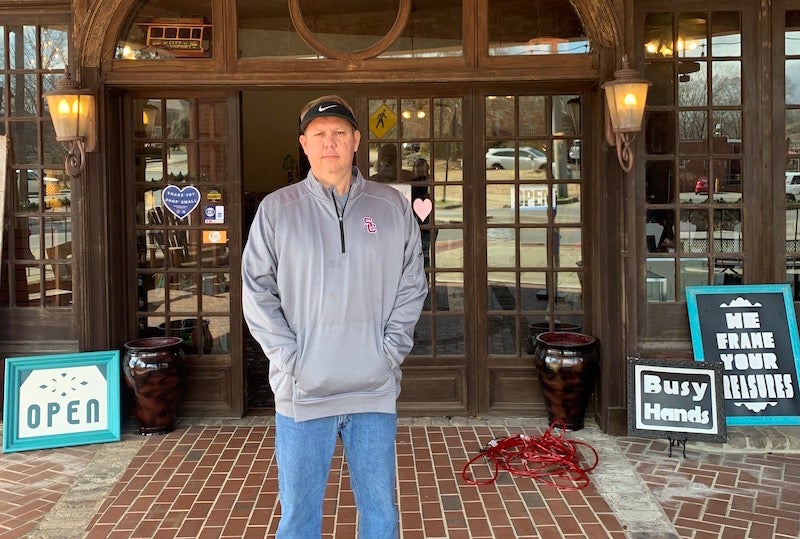Wilkerson photographed WWII Pacific Theater
Published 12:19 pm Monday, August 10, 2015

Sgt. Joe Wilkerson sits on his bunk in Atsugi, Japan, with his wife’s picture on his shelf. (Contributed)
By PHOEBE DONALD ROBINSON / Community Columnist
Joe Wilkerson saw World War II in the Pacific Theater from a unique perspective as a military photographer. He graduated from high school, got a job at a newspaper and married his high school sweetheart, Evelyn, on June 15, 1944, at age 17. He shortly enlisted in the U. S. Army Air Force and waited to be called up. He was called on Sept. 30, 1944, and went to aero photography school where he learned to take photos for the military.
After training, Wilkerson was waiting on-ship off the shores of California to go to Japan, the atomic bomb was dropped on Hiroshima, Aug. 6, 1945, and Nagasaki Aug. 9, 1945. The Japanese accepted the Potsdam Declaration on Aug 14 and Emperor Hirohito announced to the Japanese people on Aug. 15 the unconditional surrender of Japan on radio, the first time the Japanese ever heard the Emperor’s voice.
President Harry Truman appointed General Douglas MacArthur to oversee the occupation of Japan by the Allied Forces. On Aug. 30, 1945, Gen. Macarthur landed in Tokyo and on Sept. 2, 1945, the formal surrender of Japan was accepted.
Sgt. Wilkerson landed in Atsugi, Japan and was assigned to the Fifth Army Air Force, 20th Long Range Bomber and Photo Recon Squadron as a squad photographer. He flew in B-24 bombers and took photos of the destruction in Japan. His photos were passed along the chain of command and ended up at the Pentagon. Macarthur gave strict orders that no picture of the destruction from the atomic bomb was to be personally kept by the photographers under threat of court martial.
Wilkerson has in his personal photo collection many pictures of aircraft with hand-painted artwork on the front of the planes. The pilots and crew were allowed to paint their planes any way they wanted. Paintings of the nose of airplanes painted with women, nude and clothed, tigers’ teeth, and more with markings for each plane shot down fill Wilkerson’s scrapbook.
Wilkerson returned from the war on Nov. 30, 1946. Wife Evelyn met him in Mobile, the first time they saw each other in two years.
He worked in the production department for the Birmingham News and the Wilkerson’s raised two sons. They built a home on Lay Lake in Wilsonville in 1977 and were married 68 years at her death in 2013. Wilkerson, age 88, still loves to fish.








